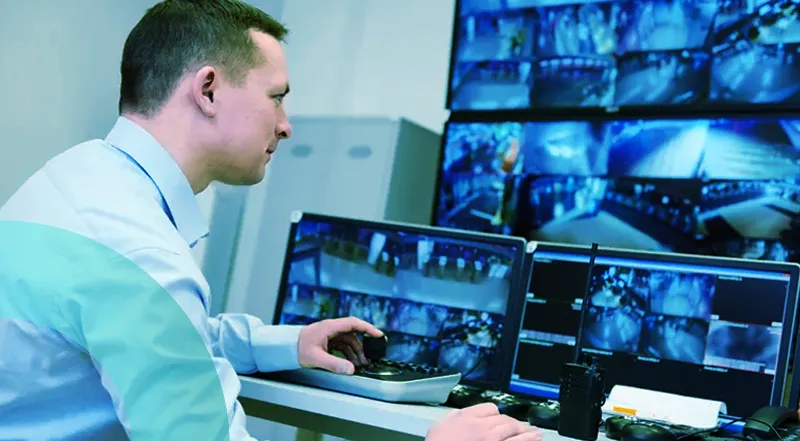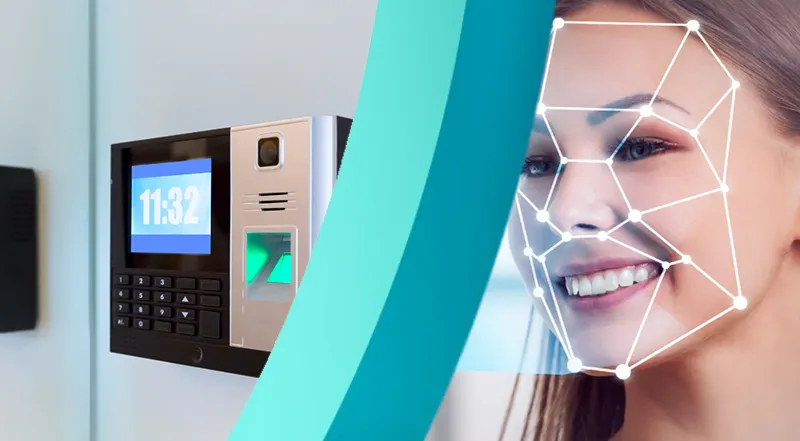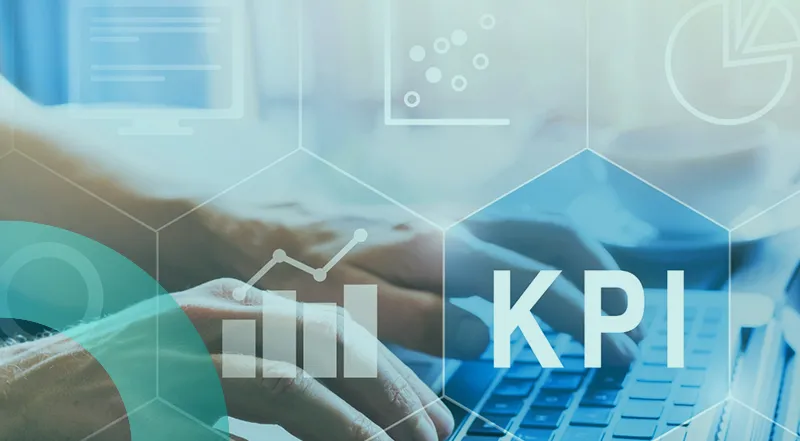What Access Supervision Involves
Supervising access first means having the ability to detect any operational anomaly. A blocked gate, an unrecognized badge… these are often weak signals that must be identified to prevent service interruptions or user unsatisfaction.
It also means handling user requests. An intercom call, a support request, or a manual opening demand cannot wait until the next morning: they require a real-time response, 24/7, without depending on the physical presence of an on-site agent.
Finally, supervision entails being able to initiate the first corrective actions. Remote diagnostics, equipment reset, switching to a degraded mode… The goal is to restore proper functioning without delay or quickly mobilize an on-site intervention. It is the combination of reliable technology and permanent human support that makes the difference.
The Client’s Perspective
For our clients, expectations regarding access supervision are clear. First, it is about guaranteeing service continuity, regardless of technical or human contingencies. This requires a 24/7 operational system, with appropriate human and technical resources.
The operator also expects a consolidated view of their sites: centralized alerts, equipment status visualization, and usable historical records. Supervision thus becomes a strategic management tool, guiding decision-making and strengthening overall site control.
Lastly, the ability to act—remotely or on-site—directly determines the quality of service delivered. Receiving an alert is not enough: what matters is that the situation is immediately handled, and that every action is logged to ensure transparency.
Supervision Means Anticipation
24/7 supervision is not just an extension of monitoring hours. It is a complete organization, designed to provide an immediate response to any unforeseen situation. It is also a proactive approach, turning alerts into data, and data into levers for continuous improvement in the service of overall site performance.



